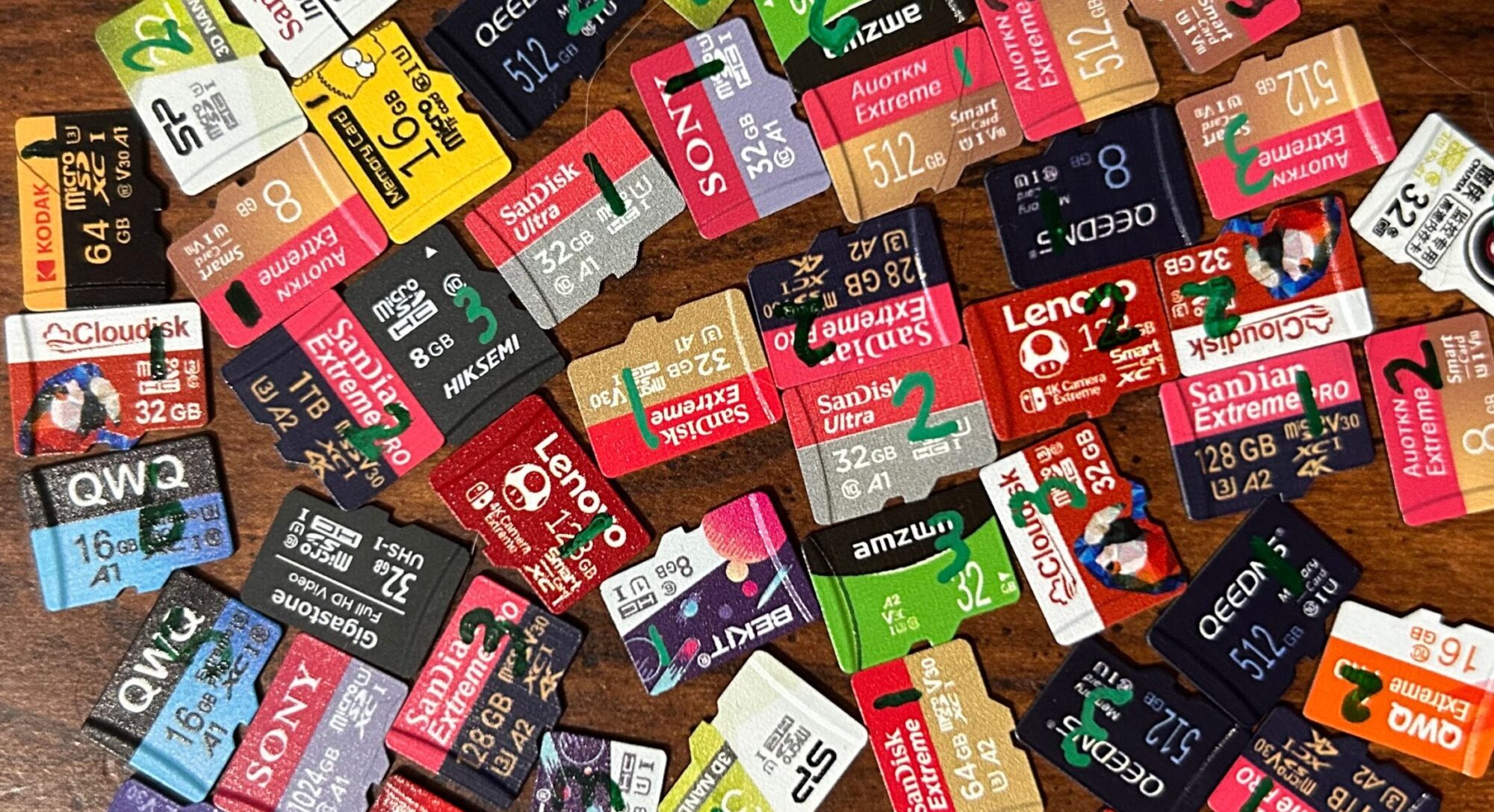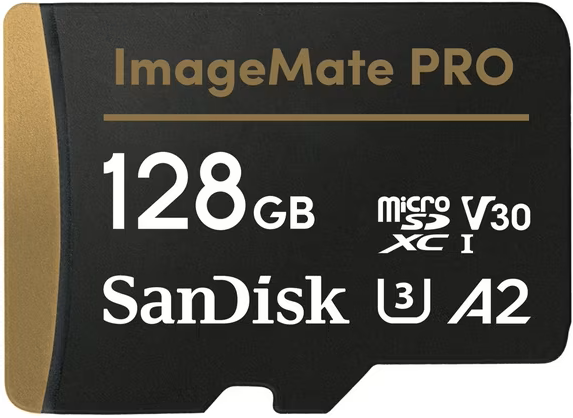SanDisk is a well-known name in the flash memory industry. Founded in 1988, they developed the first flash-based SSD. They were later acquired by Western Digital in 2016, before being spun off as a public company in early 2025.
SanDisk is a name I’ve long been aware of, and one that — prior to this project — I was biased in favor of. I have a number of single-board computers that take microSD cards, and I typically defaulted to the SanDisk Ultra 16GB for their storage — and most of the time, had no issues with them. And since they’re such a major brand, I wanted to make sure they were properly represented in this project.
I purchased these cards at the suggestion of Reddit user u/jaba1337 (link), who pointed out that they were available from Walmart at a price that was in my price range. (Thanks, u/jaba1337!)
These cards met all the criteria that I set out for determining what’s considered a name brand card, so their results will be included in the name brand bucket in my results.
My initial impression is that this is simply a rebranded SanDisk Extreme PRO 128GB — just based off the fact that (a) the product name (in the CID register) has the same “SR” prefix as the SanDisk Extreme PRO 64GB, and (b) the product revision (also in the CID register) is the same. In performance tests, it did about the same as the other SanDisk Extreme PRO’s. Sample #1 outperformed all of the other SanDisk Extreme PRO’s in sequential write speeds, while sample #2 performed about in line with the 64GB model. Sequential write speeds are definitely this card’s strong suit, with all three samples scoring in the top 10% of all cards I’ve tested (as of the time of this writing).
These cards carry the U3, V30, and A2 markings. (The Class 10 marking appears on the package, but does not appear on the card itself.) All performance measurements were good enough to qualify for the Class 10, U3, and V30 markings, but not good enough for the A1 marking, much less the A2 marking. However, I’ll throw in my standard disclaimer: my performance testing methods do not align with those prescribed by the SD Physical Layer Specification; it’s possible that they would have done better had they been tested under proper conditions. (In addition — no card I’ve tested so far has met the threshold for the A2 mark, but that’s probably more to do with the fact that I don’t have the equipment to properly test for it rather than a failure on the card’s part.)
On the endurance testing front:
- Sample #1 survived a total of 8,371 read/write cycles without any errors. I then ran a software upgrade on the machine it was plugged into and rebooted it; when the machine came back up, this card would no longer respond to commands.
- Sample #2 has survived 4,080 read/write cycles so far and has not yet experienced any errors.
- Sample #3 has survived 3,071 read/write cycles so far and has not yet experienced any errors.
November 9, 2025 (current number of read/write cycles updates automatically every hour)

